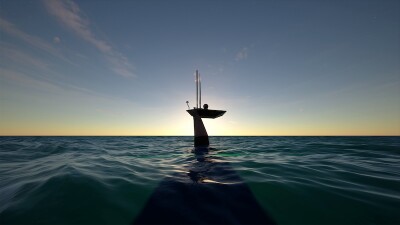The Trump administration is undertaking a review of federal regulations that can slow down inland waterways improvement projects, and will support the inclusion of waterways in the president’s infrastructure package, DOT Secretary Elaine Chao told barge operators last week.
In remarks before the annual meeting of the American Waterways Operators, Chao acknowledged the important contribution of inland navigation to the national economy. She called it “energy efficient water transport” that is responsible for more than 270,000 jobs and $30.9 billion in economic activity.
“These are great numbers,” said Chao, a former deputy administrator at the Maritime Administration and chair of the Federal Maritime Commission. “But as we head into the future, we need to prepare for the challenging shoals ahead.”
Among the challenges are aging infrastructure of locks and dams and the integration of “transformative technologies” such as the use of drones and autonomous technology into the waterways system.
“The time to address these challenges is now. Infrastructure is the backbone of our nation’s economy, and key to maintain our competitiveness in a global economy,” she said, adding that this is why the president “had made modernization of outdated infrastructure one of his top priorities.”
She said the much-anticipated infrastructure package is currently being developed and will be announced later this year. It will include a targeted program of some $1 trillion investment over 10 years and will cover more than transportation — also touching energy, hydroelectricity and potentially broadband and veterans’ hospitals.
And it will include waterways: “As trade and exports grow, our canals, locks and other waterway systems must be able to keep pace,” Chao said. “The Department stands ready to work with you to ensure that the needs of our country’s waterways are addressed in the President’s infrastructure package.”
Chao said that the goal is not to add to the federal debt to pay for the improvements but to tap into private investment. “Investors say there is ample capital available, waiting to invest in infrastructure projects,” she said.
A key part of improving the nation’s infrastructure is reducing regulatory and administrative burdens that slow project approvals and delivery.
“I think everyone can agree that our country can no longer afford to take decades to upgrade a new bridge, highway or waterway,” she said. “Most infrastructure projects involve multiple layers of permits, studies and approvals. But waterways involve more than most. These include federal, state and local requirements, as well as Fish and Wildlife, the EPA, the Army Corps of Engineers and the Department of Transportation.”
She has directed her department to review proposed and final rule-makings to speed project delivery and reduce unnecessary administrative burdens. She asked the inland barge industry for their recommendations for regulatory improvement.





